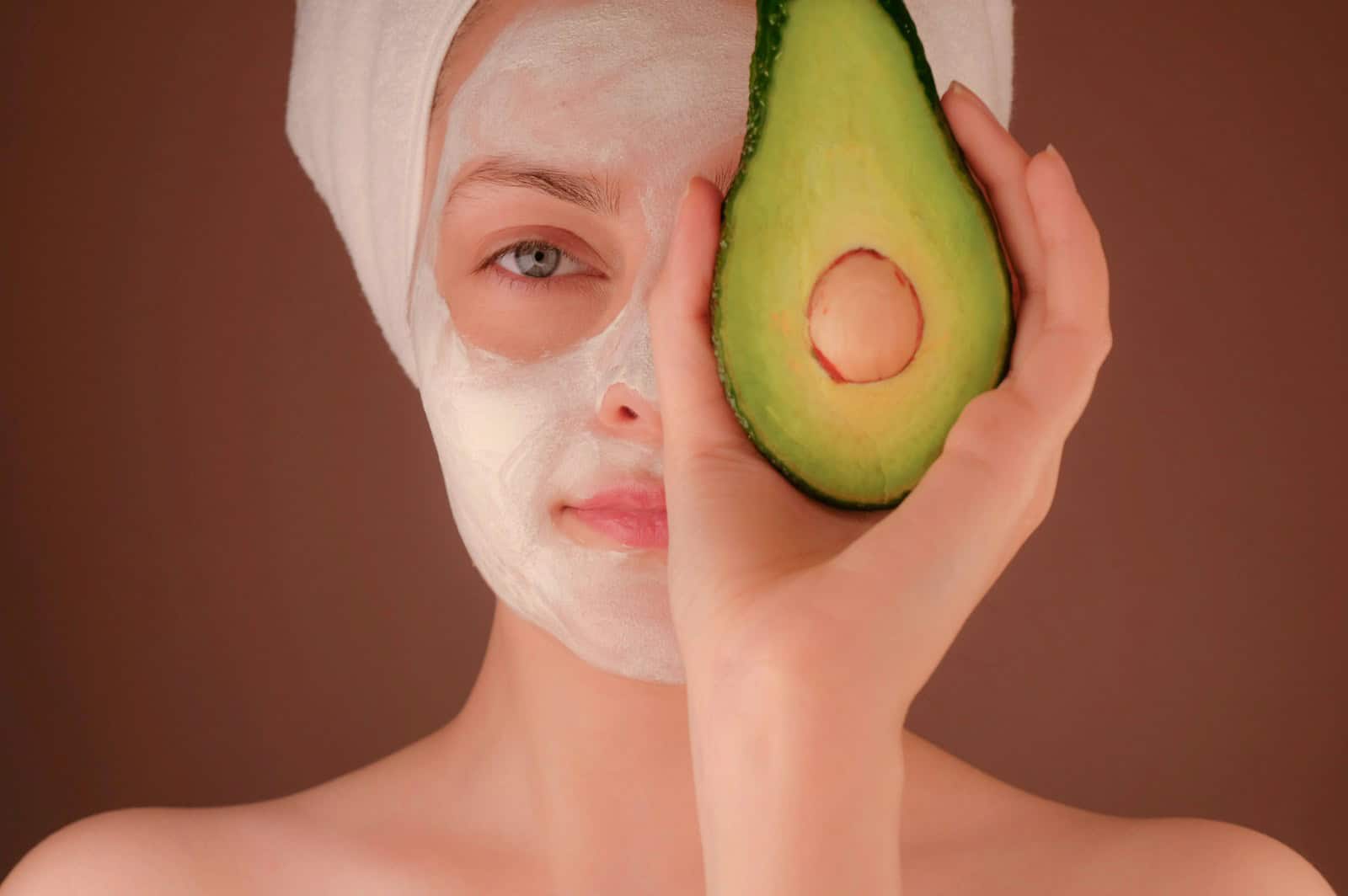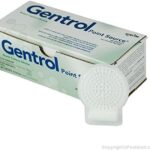Repairing your skin barrier is essential for healthy, glowing skin. To fix a damaged skin barrier, start by cutting back on exfoliating and using gentle cleaners. It is also smart to simplify your skincare routine. Removing harsh products can help your skin heal more quickly.
Moisturizing is another key step. Look for products with ceramides, hyaluronic acid, or fatty acids. These ingredients help keep your skin hydrated and strong.
Drinking plenty of water also supports healthy skin from the inside. Stay consistent with these tips, and your skin will thank you.
Restore & Rejuvenate: Your Guide to a Healthy Skin Barrier
A healthy skin barrier is crucial for glowing, resilient skin. It shields your skin from environmental damage and keeps moisture locked in. If your skin feels dry, itchy, sensitive, or irritated, your skin barrier might be compromised. Here’s how you can repair and strengthen it.
What is the Skin Barrier?
The skin barrier, also known as the stratum corneum, is the outermost layer of your skin. It acts as a protective shield, preventing moisture loss and keeping out harmful substances like pollutants and bacteria. A damaged barrier can lead to a host of skin problems.
Signs of a Damaged Skin Barrier
- Dryness
- Flaking or scaling
- Itchiness
- Redness
- Burning or stinging
- Sensitivity
- Breakouts
- Increased risk of infection
Repairing Your Skin Barrier: Key Ingredients
| Ingredient | Benefits | How to Use |
|---|---|---|
| Ceramides | Essential lipids that make up the skin barrier, helping to retain moisture and protect against irritants. | Look for moisturizers and serums containing ceramides. |
| Hyaluronic Acid | A humectant that attracts and holds water, hydrating the skin and plumping its appearance. | Apply serums or moisturizers with hyaluronic acid after cleansing. |
| Niacinamide | A multi-tasking ingredient that soothes inflammation, reduces redness, and strengthens the skin barrier. | Use serums or moisturizers containing niacinamide. |
| Fatty Acids | Found in oils like jojoba and squalane, these help to replenish the skin’s natural lipids and strengthen the barrier. | Apply facial oils after moisturizing or add a few drops to your moisturizer. |
Lifestyle Tips for a Healthier Skin Barrier
- Avoid Harsh Cleansers: Choose gentle, pH-balanced cleansers that won’t strip away your skin’s natural oils.
- Moisturize Regularly: Hydrating your skin is essential for repairing and maintaining a healthy barrier.
- Use Sunscreen Daily: Sun damage can weaken your skin barrier, so protect it with a broad-spectrum sunscreen.
- Limit Hot Showers: Hot water can strip away your skin’s natural oils, so opt for lukewarm water instead.
- Manage Stress: Stress can trigger inflammation and worsen skin conditions. Find healthy ways to manage stress, like exercise, meditation, or spending time in nature.
Repairing your skin barrier takes time and consistency. Be patient with your skincare routine and avoid over-exfoliating or using harsh products. With proper care and the right ingredients, you can restore your skin’s health and resilience.
Understanding the Skin Barrier
The skin barrier protects the body from outside threats and keeps moisture in. It also provides structure to the skin and helps maintain its health.
Functions of the Stratum Corneum
The stratum corneum is the outermost layer of the skin. Its main job is to keep water inside and harmful things outside.
It prevents the loss of natural oils and water from the deeper layers of the skin.
Another important function is to block toxins, bacteria, and viruses. This helps to keep the skin healthy and free from infections.
The stratum corneum also helps protect against physical damage. It acts like a shield, absorbing the impact of minor injuries.
Components and Physiology
The stratum corneum is made up of dead skin cells called corneocytes, which are packed closely together. These cells are surrounded by a mix of lipids, which include ceramides, cholesterol, and fatty acids.
These components form a structure often described as a brick wall. The corneocytes are the bricks, and the lipids act as the mortar holding them together.
A thin layer of acid on the skin’s surface, called the acid mantle, helps to keep the barrier strong. It protects against bacteria and keeps the skin at a healthy pH.
Beneath the stratum corneum are the epidermis and dermis. The dermis contains collagen and other proteins that give the skin flexibility and strength. These deeper layers support the stratum corneum and help repair it when damaged.
Repairing and Maintaining a Healthy Skin Barrier
To repair and keep a healthy skin barrier, you need to follow specific methods. Focusing on proper cleansing and hydration, using effective barrier repair strategies, and making smart adjustments to your skin care routine can help achieve this.
Cleansing and Hydrating
The first step in protecting your skin barrier is to use the right cleansers. Always choose a gentle cleanser that does not strip away natural oils. Look for products free from harsh soaps and alcohol.
When washing your face, use lukewarm water. Very hot water can worsen dryness and irritation. After cleansing, apply a moisturizer to lock in moisture. Go for ones with hydrating ingredients like hyaluronic acid, glycerin, or ceramides. These ingredients help keep your skin hydrated and less prone to damage.
Barrier Repair Strategies
Simplifying your skin care routine can support skin barrier repair. Avoid over-exfoliating. Too much exfoliation can lead to a damaged skin barrier. If you need to exfoliate, use mild options like chemical exfoliants with low pH such as glycolic acid or lactic acid.
For quicker repair, look for barrier repair products. These often include ceramide-rich moisturizers, squalane, and jojoba oil. These ingredients replenish lost lipids and strengthen the barrier. Products with niacinamide can also reduce inflammation and improve the barrier function.
Protective Measures and Skin Care Routine Adjustments
To protect your skin, always apply sunscreen before going outside. SPF helps shield your skin from harmful UV rays. These rays can cause skin aging and damage. Opt for daily sunscreen with at least SPF 30.
Additionally, try to minimize exposure to environmental factors like pollution and extreme weather. Use hydrating ingredients and protective oils like petrolatum to defend against moisture loss from wind and cold weather. Reducing stress can also help as stress negatively affects the skin barrier.
In your daily routine, avoid retinoids if your skin barrier is badly damaged. They can be too harsh. Instead, use calming ingredients like centella asiatica, oats, or aloe vera. These can soothe irritation and support healing.
Frequently Asked Questions
Repairing a damaged skin barrier involves specific care steps. Here are answers to common questions about the process.
What are natural methods to restore the skin barrier?
Natural methods include using cool or lukewarm water for cleansing. Avoid hot water, as it can strip natural oils. Use gentle, hydrating cleansers instead of harsh ones. Reduce the use of physical exfoliants like gritty scrubs, and prefer ingredients like calendula and ceramides.
What are the signs of a damaged skin barrier?
Signs of a damaged skin barrier include redness, flakiness, and itchiness. The skin may also feel tight and be more sensitive to products. There could be increased breakouts or irritation.
How much time is typically required to restore a damaged skin barrier?
It can take a few days to a few weeks to see improvements, depending on the damage’s severity. Consistent care with proper products speeds up recovery.
Which ingredients are most effective for skin barrier restoration?
Effective ingredients include ceramides, niacinamide, and hyaluronic acid. These help to hydrate and repair the skin. Look for anti-inflammatory ingredients like calendula and witch hazel as well.
Can dietary supplements promote skin barrier repair, and if so, which ones?
Yes, some supplements can help. Omega-3 fatty acids and vitamins A, C, and E support skin health. Probiotics may also benefit the skin by balancing the microbiome.
What are the best practices for repairing the skin barrier on the face?
Use a gentle, hydrating cleanser. Avoid over-exfoliation by limiting physical scrubs. Apply moisturizing creams that contain ceramides and hyaluronic acid. Protect the skin from the sun with a broad-spectrum sunscreen. Drink plenty of water to keep the skin hydrated from the inside out.







